Grayson Morrow used to shoot fashion and commercial based photography but felt like something was missing. That eventually led her to documentary photography. You can see more of her work on her website and Instagram. Here is what she had to say to our contributors:
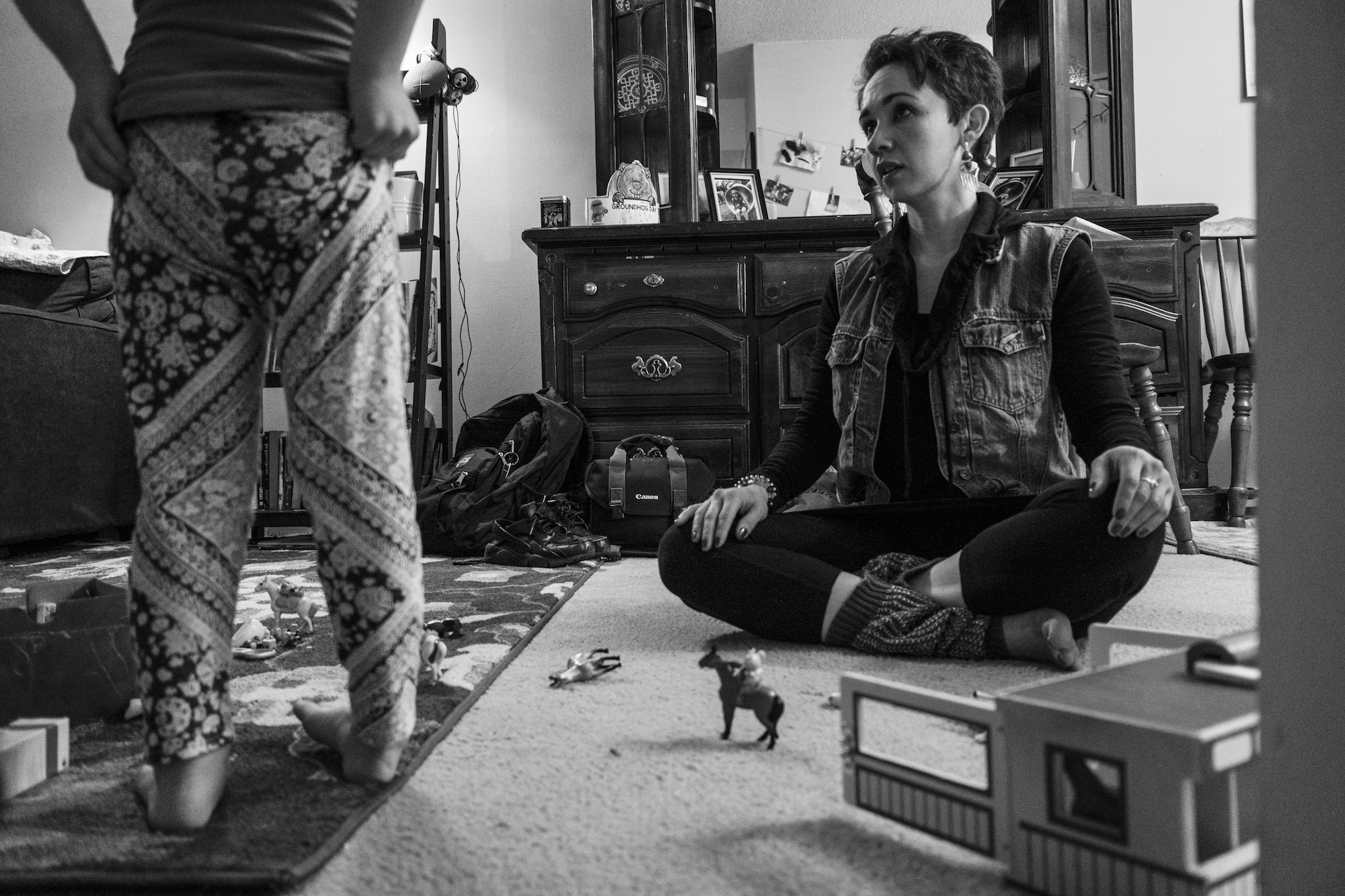
Lisa: Are there any skills/experiences from your fashion/commercial background that you feel benefit or hinder you in the documentary field?
Benefit: Learning how to shoot people with natural lighting.
Hindrance: My desire to pose people in natural light because I just get oh so excited about the certain way lighting hits peoples features. (However, now I actually don’t like posing people).
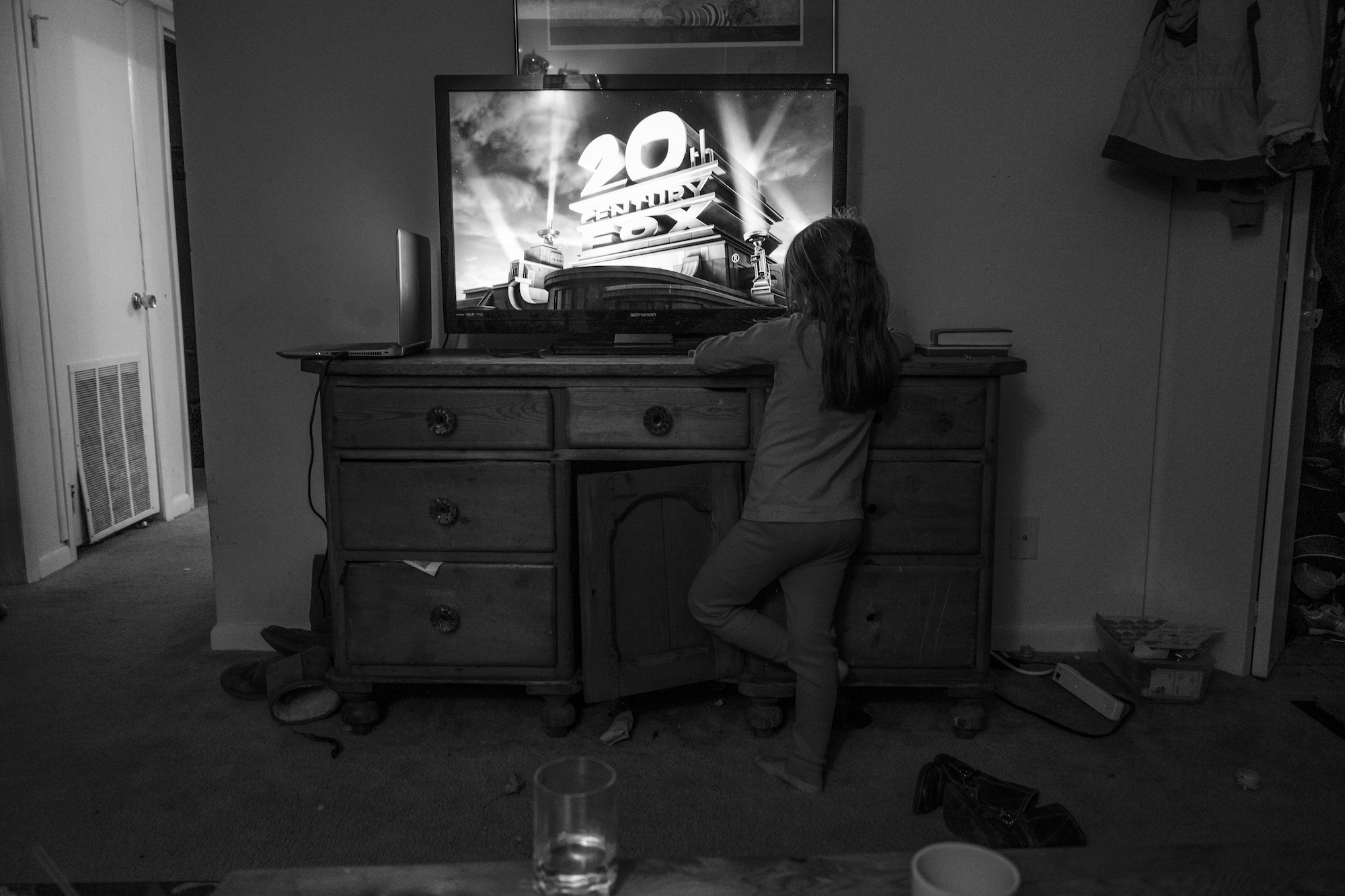
Carrie: What is it about documentary photography that made you fall in love? What have you found here that wasn’t in your previous work?
I saw a question recently that asked: “What do you want to study behind your lens?” and maybe that’s a different way of reframing what made me fall in love and search for something that wasn’t in my past work.
Maybe it’s because I’m in my early 20’s and yearn for childhood occasionally? Or maybe it’s because the older I get the more fascinated I become with love and relationships? Maybe it’s both. All I know is that I want to study people, family dynamics, and the love that people have for each other.
Fashion was missing this. Fashion was missing the flawed and complex parts of life that people don’t always show.
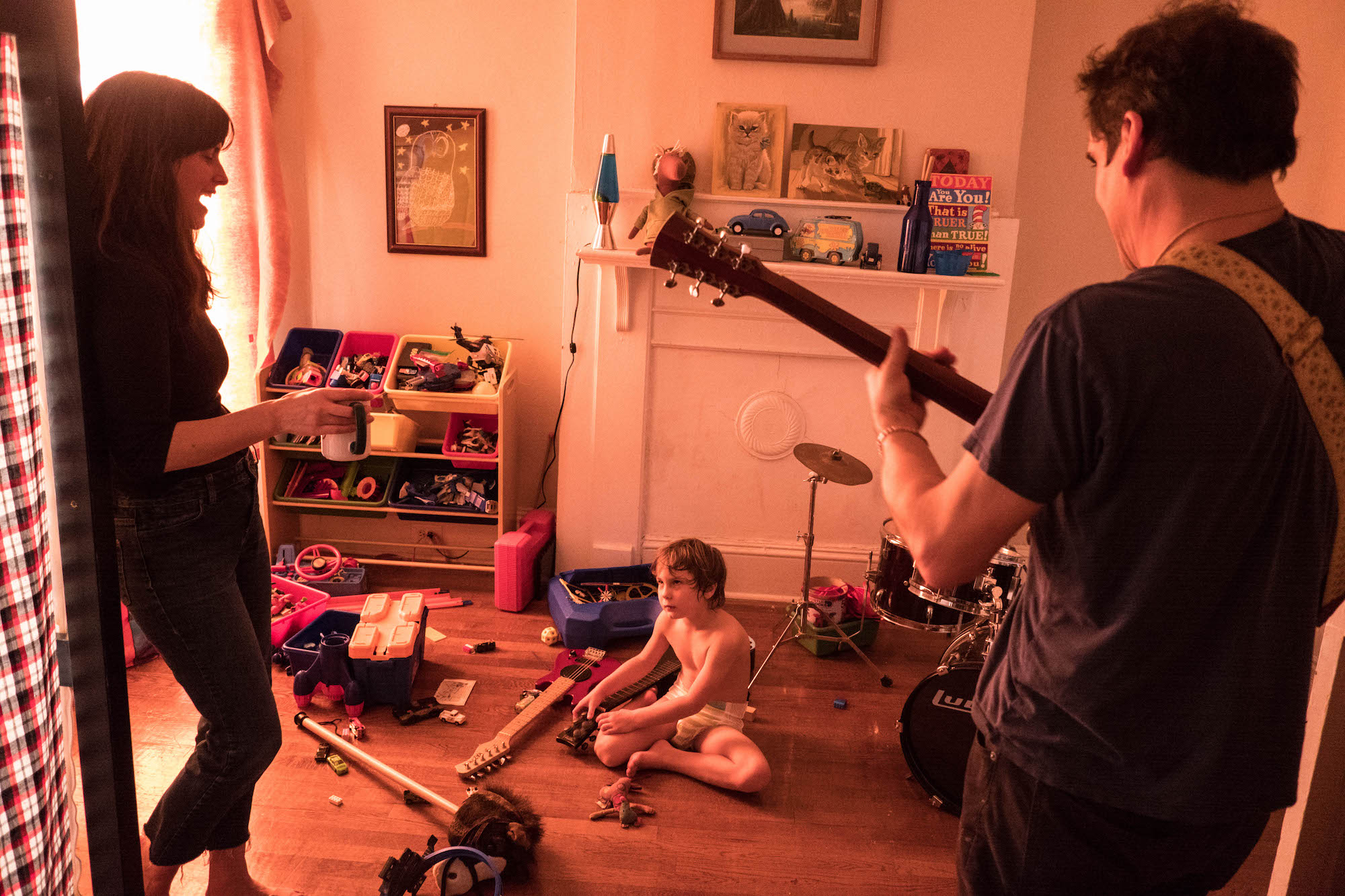
Michelle: Fashion work is often about delivering a perfect version of a specific vision. This work – documentary family photography – is very much about leaving things be and being ok with that. Have you found it difficult to accept the “flaws” in your images with this type of work? Or has it been freeing?
I love “flaws” and imperfections – I’m actually drawn to them. There is a quote by Robert Glover that explains this way better than I ever could:
“In general, people are not drawn to perfection in others. People are drawn to shared interests, shared problems, and an individuals life energy. Humans connect with humans. Hiding one’s humanity and trying to project an image of perfection makes a person vague, slippery, lifeless, and uninteresting.”
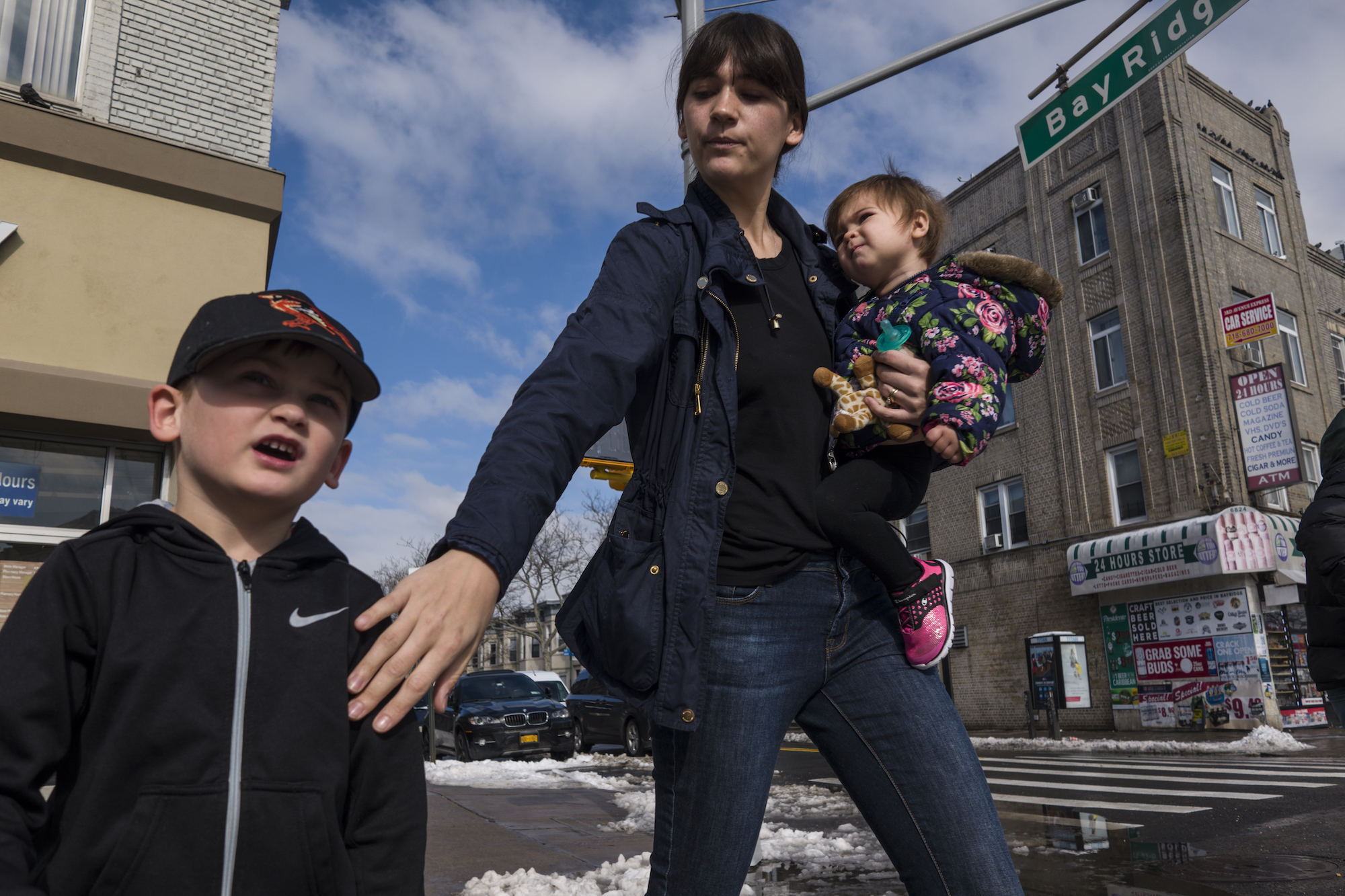
Jessica: How do you interact with families during your shoots? Is it a challenge for you because your photography background is so different (not as intimate and personal with the subjects)
I wouldn’t say that fashion isn’t intimate, it can be at times. No matter the genre of photography, hopefully some sort of intimacy is present because you’re engaging with another human.
The way I interact with families mimics my day to day life photography. When I’m around friends or family, my mind is always searching for lighting and moments to capture. You’re guaranteed a solid 15+ pictures of yourself after being with me. People that I’m close with have just accepted that it’s part of the package when they hang out with me.
The main difference when shooting families is I don’t know them prior to stepping into their home, so I try to come in with a warm embrace and start it off with a hug. Other than that, I feel like I’m just hanging out with my friends for a day and taking pictures.
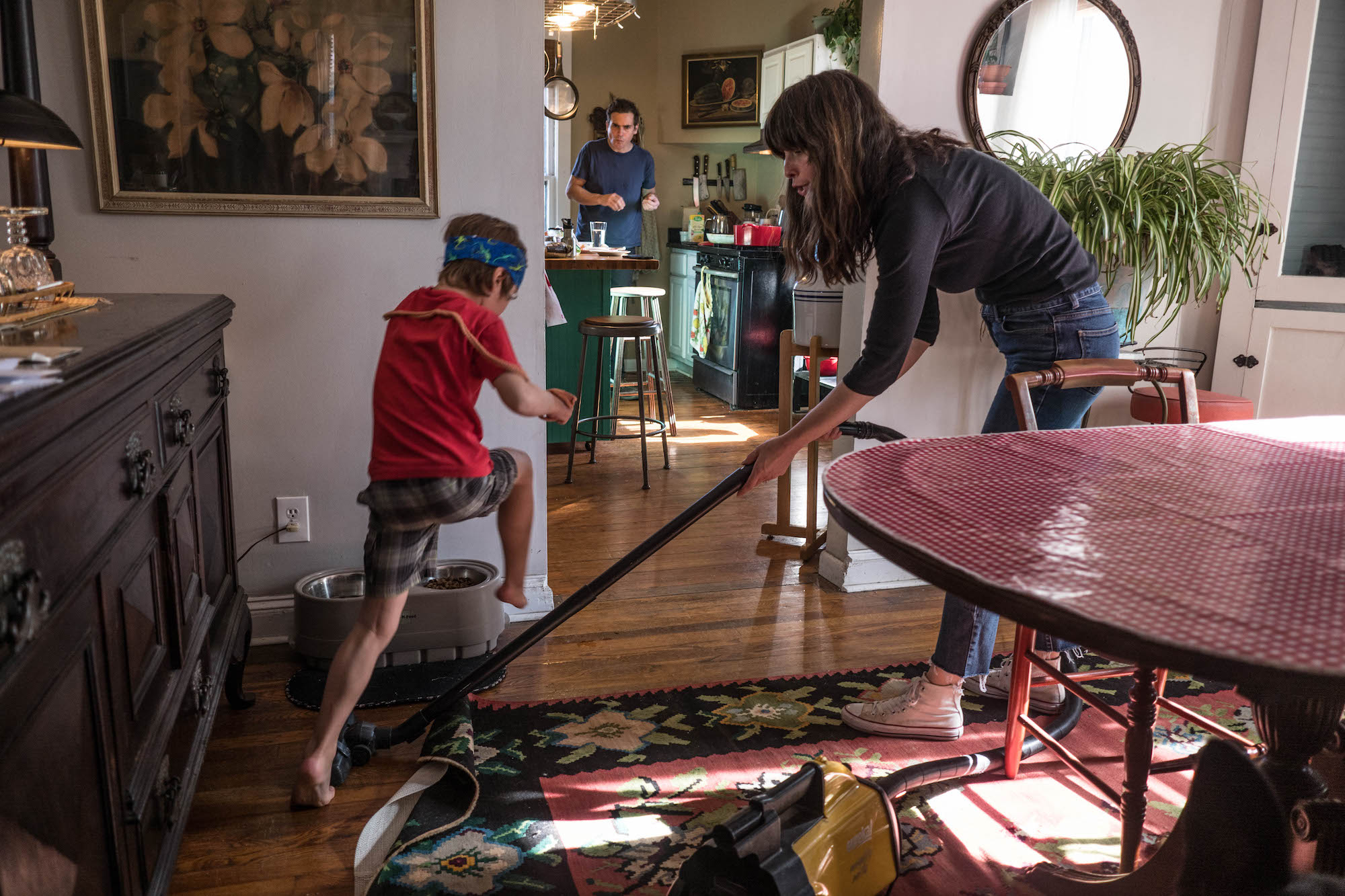
Erika: Of the images submitted, which is your favorite and why?
The kid in the bathtub with the dog – it simply makes me happy.
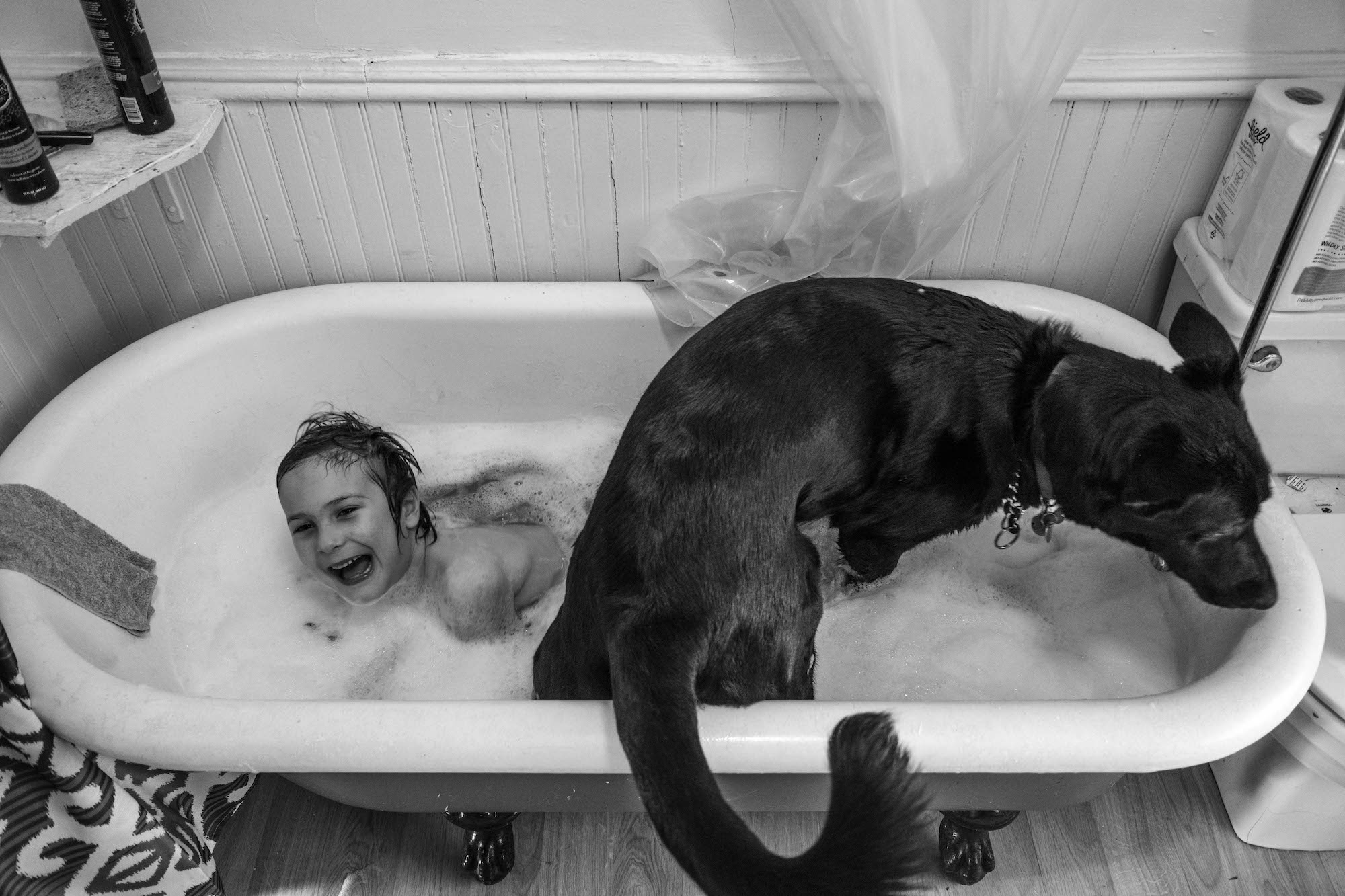
*****
Want information on how you can be a featured artist? Check out our submission page for all the details.